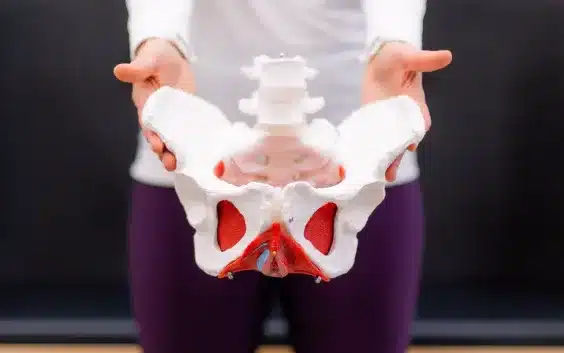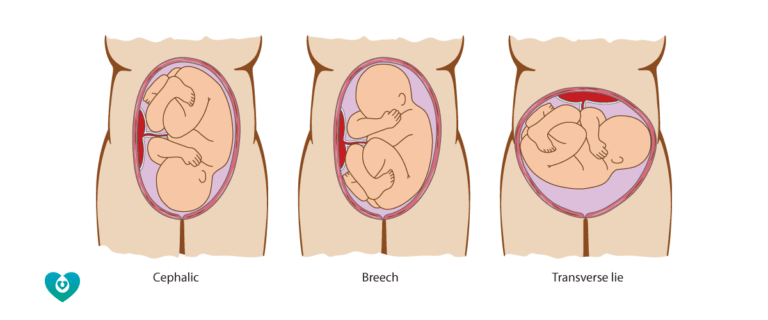The pelvic floor is one of the most important—and most overlooked—parts of the body. These muscles quietly support the bladder, uterus, and rectum, help maintain continence, stabilize the core, and play a central role in sexual function and birth. Yet for many, the pelvic floor remains mysterious—only noticed when something starts to feel uncomfortable, painful, or off-balance.
At Acumamas, we believe pelvic health deserves more attention, earlier conversations, and gentler care. Pelvic floor physiotherapy is a clinical, evidence-based treatment designed to assess, support, and rehabilitate the function of these deep muscles. It’s a powerful tool for anyone preparing for childbirth, recovering postpartum, or managing issues like painful sex, urinary leakage, or prolapse.
So, what exactly happens during pelvic floor physio—and why is it such a vital part of pregnancy and postpartum care?
Understanding the pelvic floor
The pelvic floor is a hammock-like group of muscles and connective tissues that stretch from the pubic bone at the front to the tailbone at the back. These muscles contract and relax to support the pelvic organs, maintain continence, and allow for healthy movement and circulation through the pelvis.
During pregnancy, the body’s center of gravity shifts, hormones like relaxin increase joint laxity, and the weight of the uterus puts pressure on the pelvic floor. Then comes birth—whether vaginal or cesarean—which places significant strain on these muscles. For some, recovery is straightforward. For others, symptoms persist: urinary leakage, heaviness, pain, or a general feeling that things “aren’t quite right.”
That’s where pelvic floor physiotherapy comes in.
What happens in a pelvic floor physiotherapy session?
At Acumamas, pelvic floor physiotherapy begins with deep listening. Every story is different, and your practitioner takes time to understand your concerns, history, and goals. This is followed by a full-body assessment, including posture, breathing, core engagement, and alignment—all of which impact pelvic health.
A gentle internal exam may be offered (with consent) to assess muscle tone, coordination, and areas of tension or weakness. This part is always optional and discussed in advance. Some sessions may focus entirely on external techniques, education, or breath work.
Treatment is tailored to your body’s needs. It may include:
-
Releasing overactive pelvic floor muscles
-
Building strength and endurance in weakened areas
-
Learning how to coordinate the breath and core muscles
-
Addressing posture or movement patterns that contribute to pain or leakage
-
Reconnecting with the pelvic floor after birth, trauma, or surgery
Pelvic floor physiotherapy is not a one-size-fits-all protocol. It’s a collaborative, body-literate process that evolves with you.
When to consider pelvic floor physio
Contrary to common belief, pelvic floor therapy isn’t just for people who’ve given birth. It can support a wide range of concerns across different life stages, including:
-
Urinary urgency or leakage
-
Painful intercourse
-
Constipation or incomplete bowel movements
-
A sense of heaviness or prolapse
-
Pelvic pain (including conditions like vaginismus or endometriosis)
-
Preparation for vaginal birth
-
Recovery after vaginal or cesarean birth
-
Core instability or diastasis recti
Importantly, pelvic floor physiotherapy is both preventative and restorative. In pregnancy, it helps prepare the body for delivery by optimizing pelvic mobility, posture, and perineal awareness. In postpartum, it helps restore function, rebuild confidence, and support long-term recovery.
Why pelvic health matters in the long term
Pelvic health isn’t just about preventing leakage or treating pain—it’s about agency, strength, and reconnection. For many, pelvic floor symptoms can affect intimacy, confidence, and daily quality of life. And because these symptoms are so often minimized or misunderstood, they can carry unnecessary shame or isolation.
We want to change that. At Acumamas, we work to create a safe, respectful space where you can explore these concerns openly and receive care that feels attuned to your needs. Our pelvic floor physiotherapists are trained in trauma-informed, perinatal-focused care, and we welcome patients at any point in their journey.
Whether you’re hoping to prevent issues during pregnancy, heal after birth, or simply learn more about your body, pelvic floor therapy is a powerful place to begin.
Final words
The pelvic floor holds more than muscle—it holds memory, strength, vulnerability, and change. Supporting this part of the body is an act of self-respect. Through gentle, individualized physiotherapy, we help you reconnect to your core and feel at home in your body again—on your own terms, and in your own time.






